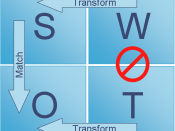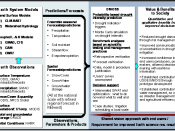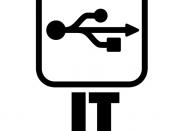Introduction:Barletta's Fine Foods (BFF) Ltd operates from King's Norton in south Birmingham and supply food products to various retail outlets and restaurants. The company has performed well in the past and has ambitious growth plans for the near future, however there are problems in various functional departments of the company that have hindered its growth. Top management is determined to enhance the performance as well as the efficacy of the business by adapting a strategic decision support system (DSS) that exploits recent advances in the Information technology.
This paper makes an attempt to formulate various strategies for BFF Ltd aimed at enhancing the organisational efficiency and performance. The paper first dwells on the concept of Business organisation in context of BFF Ltd and moves on management decision-making process across the organisations in general and in BFF ltd in particular. The role of information in decision-making is discussed at length. The paper moves on to different kinds of Information System (IS) and how they affect decision-making and how using these information systems might benefit BFF LTD in pursuit of their strategic objectives.
The paper ends with logical conclusions and recommendation for BFF Ltd.
The Business OrganisationBusiness Organisations may be visualized as organised groups or communities that specialise in manufacturing various types of products or provide, services of various kinds. The free dictionary (2006) defines business organisations as, "an area of law that covers the broad array of rules governing the formation and operation of different kinds of entities by which individuals can organize to do business". Carter McNamara (2006) defines Organisations as," a group of people intentionally organized to accomplish an overall, common goal or set of goals. Business organizations can range in size from two people to tens of thousands".
These organisations differ based on the goals and objectives that...



Zakki
excellent paper with detailed information
0 out of 0 people found this comment useful.